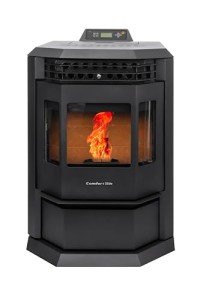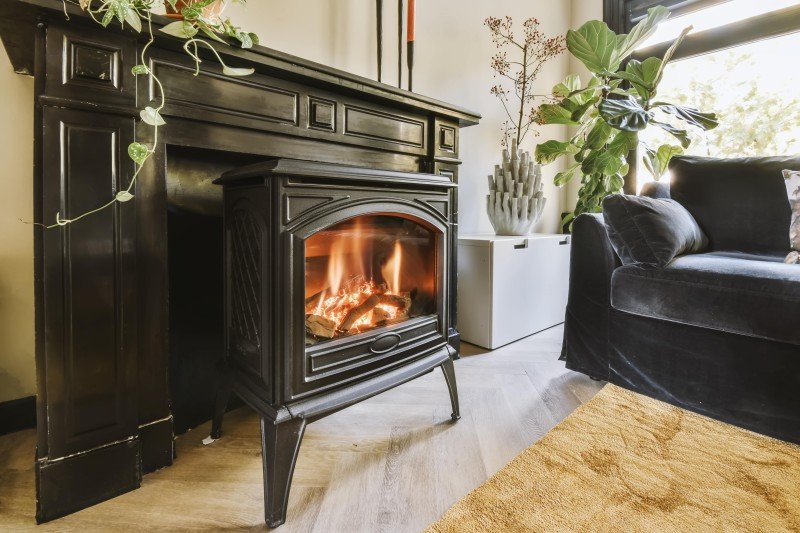Fireplaces are more than just a source of heat; they are a focal point of the home, providing warmth and ambiance year-round. With various types of fireplaces available, choosing the right one can be overwhelming. This article offers a detailed guide on how to select the perfect fireplace for your home while considering important factors such as design, efficiency, safety, and installation.

Before diving into the purchasing process, it’s essential to understand the different types of fireplaces available. Choosing the right type depends on various factors, including your home’s design and your heating requirements.

Wood-burning fireplaces offer a classic charm and ambiance that many homeowners desire. They require a chimney and a steady supply of firewood but provide a natural heat source and a unique scent that many find appealing.
Advantages:
Disadvantages:
Gas fireplaces are fueled by natural gas or propane, providing convenient, controllable heat with minimal maintenance. They can be vented or ventless, depending on the model and installation settings.
Advantages:
Disadvantages:
Electric fireplaces offer the ultimate convenience with no need for venting or supplemental fuel. They provide heat via an electrical element and often come with built-in lighting effects to simulate flames.
Advantages:
Disadvantages:
Pellet stoves burn small pellets made of compressed wood and other biomass. They are often seen as a renewable energy source and can provide significant heating power at a relatively low cost.
Advantages:
Disadvantages:
When deciding on the right fireplace, various factors must be evaluated to ensure a good fit for your household. Here’s a concise list of what to consider:
The installation of a fireplace often requires professional help, especially for wood-burning or gas models that need to comply with safety regulations. Here are some common installation considerations:
Costs can vary widely based on the type of fireplace, amount of renovation needed, and local labor rates. Generally, expect £2,000 to £4,000 for standard installations, but custom designs can be more expensive.
For wood-burning fireplaces, it is recommended to have a professional cleaning annually. Gas and electric fireplaces may require less frequent maintenance, typically seasonally.
While it’s possible for minor installations (like electric fireplaces), most require professional assistance, especially for wood and gas models that need venting and compliance with building codes.
Yes, gas fireplaces are generally safe when properly installed and maintained. However, ventless models can produce carbon monoxide, so ensure proper monitoring and ventilation.
Pellet stoves and gas fireplaces tend to be more energy-efficient, while properly maintained wood-burning fireplaces can also provide substantial heat.
Choosing the right fireplace involves careful consideration of several factors, including the type of fuel, home layout, aesthetic preferences, and budget. Understanding the various types available and the essential factors will help homeowners select a fireplace that not only enhances their living space but also meets their heating needs effectively. Whether opting for the rustic charm of wood, the convenience of gas, or the simplicity of electric, a well-chosen fireplace can become the focal point of any home.
Məlumat tapılmadı!
